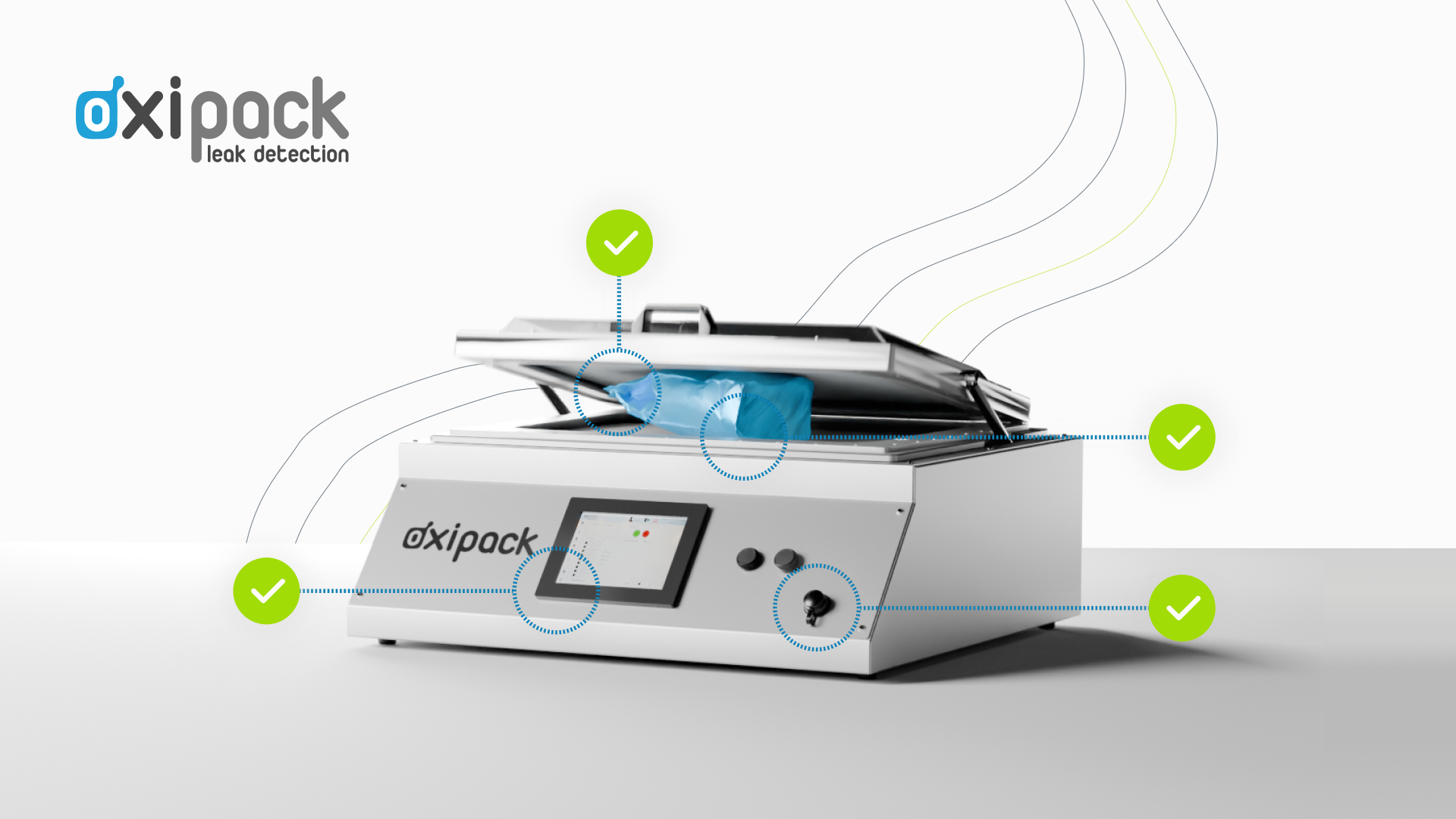We all talk about compliance. But what happens after the "box is ticked"?
Behind every vacuum decay system that claims to meet Annex 1 or USP<1207>, there’s a second, often misunderstood layer: calibration, validation, and verification. These three pillars are critical to ensuring a deterministic test method actually works on your line, with your packaging, every time.
Yet they’re also the parts many teams get wrong.
I’ve had pharma clients tell me they passed calibration, only to fail performance qualification (PQ). Others mistakenly believe calibration and validation are the same thing. Some don’t realise verification is even required. The good news? It’s all solvable with the right approach and the right partner.
Let’s break it down.
Calibrate the system. Validate the method. Verify that it keeps working.
These three terms get used a lot, but not always correctly. Here’s how we explain it to our customers:
- Calibration checks the system. Specifically, it ensures the pressure sensor in your vacuum decay machine gives accurate readings. We use traceable micro-calibrators to perform this, and we offer it as a service to every Oxipack pharma customer.
- Validation proves the method. Can the machine detect the leak sizes you need to find, using your real product and packaging? This involves controlled artificial leaks, like capillary tubes or tungsten wire inserts, not ad hoc needle holes.
- Verification ensures the system still works overtime. Think of it as a periodic check-up using dummy tools or known leaks to confirm continued performance. We supply those too, and we guide our clients on how to use them effectively.
Together, these three steps ensure your test isn’t just compliant today, but continues to protect quality, patients, product, and process tomorrow.
The customer's role vs our responsibility
We make leak testers, but our job doesn’t end at delivery.
Our pharma customers are responsible for their URS (User Requirement Specification), validating the method with their actual packaging, and routinely verifying performance. But we walk with them every step of the way. That includes:
- Supporting the drafting of the URS, especially around sensitivity requirements and packaging scope.
- Supplying full calibration reports using traceable standards.
- Providing tailored solutions to support accurate validation and reliable verification, including appropriate tools and expert guidance.
- Assisting with FAT/SAT, IQ/OQ/PQ, and advising on validation best practices.
Whether you're a CDMO scaling up or a startup setting up your first Annex 1-compliant line, we help turn CVV from a compliance headache into a working, repeatable process.
The five most common mistakes and how to avoid them
- Confusing calibration with validation
Calibration ensures the measurement is accurate.It does not confirm the method works on your actual packaging.
- Using uncontrolled “leak” methods for validation
A pinhole from a sewing needle is not reproducible, traceable, or audit-acceptable method. It may seem quick, but it undermines your entire PQ.
- Passing calibration but failing PQ
We’ve seen this happen when the machine works perfectly, but the packaging line introduces variability. That’s why validation matters.
- Skipping verification
Machines drift. Conditions change. Without regular verification using dummy tools, there’s no assurance that your system is still catching leaks.
- Treating validation as a one-time exercise
Regulators want to see lifecycle data. That means ongoing performance checks, not just a validation binder from two years ago.
The solution? A clear plan and the right tools. That’s what we offer.
A resource that your validation team will thank you for
We’ve published a whitepaper called “Validation of Leak Sizes for Vacuum Decay Testing”, and it’s become a go-to reference for pharma QA teams.
It covers:
- The pros and cons of different artificial leak types
- Which tools to use for machine verification vs product validation
- Why traceable flow rate matters more than hole size
- What auditors look for in a validation package
Want to know what a 50 µm hole means in flow terms?
Download our whitepaper: Validation of Leak Sizes for Vacuum Decay Testing.
Compliance doesn’t need to be confusing
CVV may sound technical, but the goal is simple: trust your test results. With Oxipack, you're not just buying a vacuum decay tester but getting a partner who’s walked this path before. We’ll help you define your URS, calibrate your system, validate your method, and verify performance with clarity and confidence.
Leak detection isn’t about passing an audit. It’s about protecting the quality of every batch, every day.
Glossary: Key validation acronyms in leak testing
URS: User Requirement Specification. Outlines what your system must do (leak sizes, speed, packaging formats).
FAT/SAT: Factory & Site Acceptance Tests. FAT happens at Oxipack. SAThappens at your site, post-installation.
IQ/OQ/PQ: Installation, Operational, Performance Qualification. IQ confirms setup. OQ proves the system works. PQ shows it works with your packaging.




